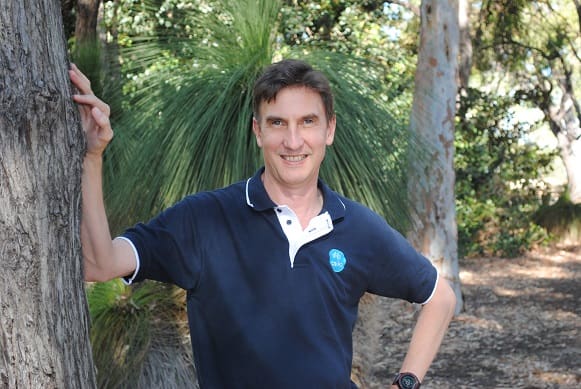MACHINE learning and artificial intelligence (AI) could help create the next generation of nitrogen (N) fertiliser decision aids for grain growers.
As part of a GRDC investment, CSIRO has developed a framework that could help modernise and simplify growers’ N decisions using machine learning, remote sensing, on-farm trialling and crop modelling.
CSIRO researcher Roger Lawes said modern analytical approaches, combined with on-farm experimentation and the sensing of multiple crops, might enhance N fertiliser recommendations for wheat crops.
Dr Lawes said previous research by CSIRO had found applying N according to the long-term mean yield of a paddock could provide an economically sensible approach to N fertiliser management.
“Since that study, artificial intelligence and machine learning techniques have evolved and it is now possible to process large volumes of information about crops, using satellite imagery or information generated from crop models like the Agricultural Production Systems sIMulator (APSIM),” he said.
“In essence, on-farm strip trials, combined with crop modelling and satellite imagery analysis, could help growers understand whether a crop in a particular paddock will respond to an application of N, regardless of crop type, soil or season.”
Dr Lawes said the study aimed to identify the variables that needed to be monitored to help growers make a profitable N fertiliser decision.
“The machine learning technique ‘Random Forest’ was used to determine which variables were the most important and useful for predicting the optimal N fertiliser rate for a paddock,” he said.
“As expected, this analysis found the most important variable was the long term historical mean site yield, as estimated from APSIM, the crop simulation model used in this study.
“Extractable soil water to a depth of 150 centimetres and leaf N content determined by the ‘N minus strip’ were the two next most important variables.”
Dr Lawes said future studies would aim to integrate information from models, satellites and on-farm trials to develop a grower-ready package for making N decisions.
Source: GRDC
More information about the research will be presented at the GRDC Grains Research Update in Perth, WA, on February 25 and 26, and at the GRDC Grains Research Update, Albany Zone, at Kendenup on February 28.
For more information or to register, go to the www.giwa.org.au/2019researchupdates or www.grdc.com.au/updatedates, or contact convenor the Grain Industry Association of WA (GIWA) on 08 6262 2128.




HAVE YOUR SAY